





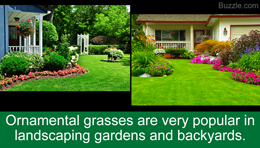 Ornamental grasses, with their diversity and durability, add an edge and volume to the landscape. When the air blows through them, they wave gently and create sounds that make the landscape all the more lively. This adds dimensions of motion and sound to the landscape. With the changing seasons and the consequently changing hues and colors, the landscape appears new and fresh every season. Here are few ways and ideas on how to use ornamental grasses in your landscape.
Ornamental grasses, with their diversity and durability, add an edge and volume to the landscape. When the air blows through them, they wave gently and create sounds that make the landscape all the more lively. This adds dimensions of motion and sound to the landscape. With the changing seasons and the consequently changing hues and colors, the landscape appears new and fresh every season. Here are few ways and ideas on how to use ornamental grasses in your landscape.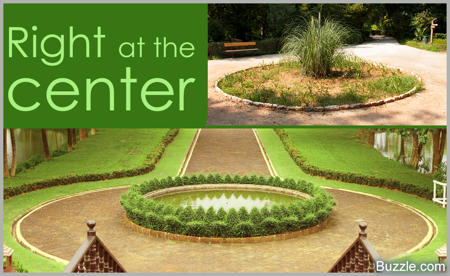 Garden centerpieceWell, your garden too would require a cynosure, right? Instead of an expensive and high maintenance water fountain, try grasses. Fast growing Sudan grass or Pampas grass can be ideal choices to grow in the center of your garden.
Garden centerpieceWell, your garden too would require a cynosure, right? Instead of an expensive and high maintenance water fountain, try grasses. Fast growing Sudan grass or Pampas grass can be ideal choices to grow in the center of your garden.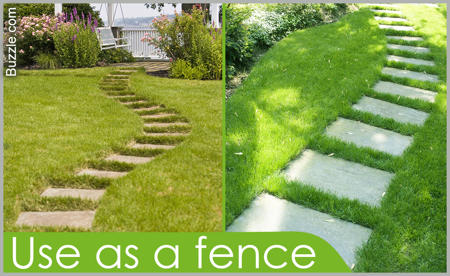 Natural fencingIf you want to compartmentalize your garden or backyard, grasses can be a great option. Some varieties of Miscanthus or Mexican feather grass provide a border effect. You can either plant them around your flower beds, or you can add them as fence around sections of your garden.
Natural fencingIf you want to compartmentalize your garden or backyard, grasses can be a great option. Some varieties of Miscanthus or Mexican feather grass provide a border effect. You can either plant them around your flower beds, or you can add them as fence around sections of your garden.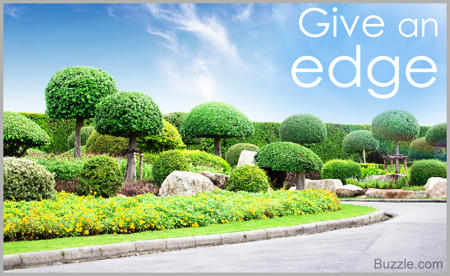 Define the edgesWith a little bit of effort and time your walkways, garden paths, or landscape steps can steal all the limelight. Grasses like dwarf mondo can be either used alone along the paths, or they can be used in complement with golden sedge, thus adding a contrast.
Define the edgesWith a little bit of effort and time your walkways, garden paths, or landscape steps can steal all the limelight. Grasses like dwarf mondo can be either used alone along the paths, or they can be used in complement with golden sedge, thus adding a contrast.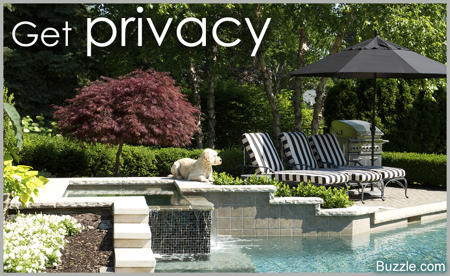 Add privacyIf you have a swimming pool or an open bathroom, you would definitely want some privacy, won't you? Tall species of grass such as big bluestem, moor grass, or ravenna grass planted close to each other can work as natural walls, and hence, provide personal space in your open garden.
Add privacyIf you have a swimming pool or an open bathroom, you would definitely want some privacy, won't you? Tall species of grass such as big bluestem, moor grass, or ravenna grass planted close to each other can work as natural walls, and hence, provide personal space in your open garden.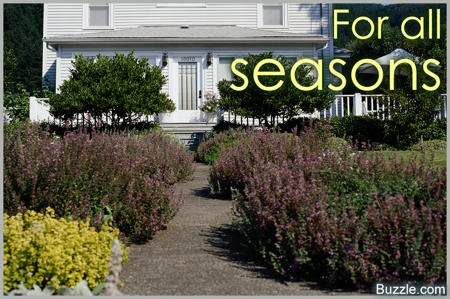 Perennial gardensChoosing the right variety of grass is really important if you want your garden to be live all year. Grasses can be classified into two groups based on the seasons they grow - cool season grass and warm season grass. It is advisable to use a combination of cool and warm season grasses to extend the time span of your garden throughout as much of the year as possible.
Perennial gardensChoosing the right variety of grass is really important if you want your garden to be live all year. Grasses can be classified into two groups based on the seasons they grow - cool season grass and warm season grass. It is advisable to use a combination of cool and warm season grasses to extend the time span of your garden throughout as much of the year as possible.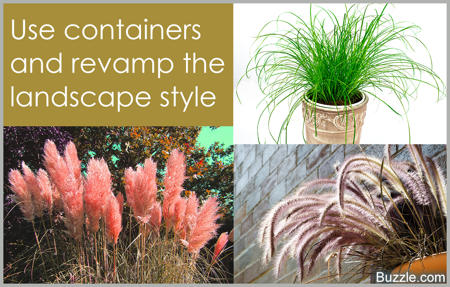 Grasses and containersPlanting tall colorful species of grasses in containers (preferably in contrast colors) give a formal look to your landscape – porch, patio, and decks. Feather red grass, big bluestem, or purple fountain grass adds an added height and chic edge to the landscape. This will certainly steal everyone's attention.
Grasses and containersPlanting tall colorful species of grasses in containers (preferably in contrast colors) give a formal look to your landscape – porch, patio, and decks. Feather red grass, big bluestem, or purple fountain grass adds an added height and chic edge to the landscape. This will certainly steal everyone's attention.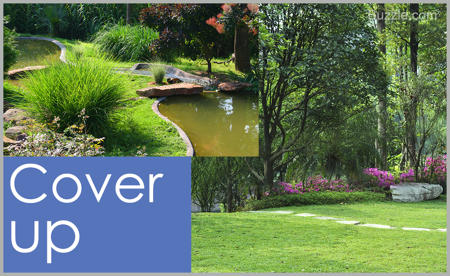 Ground coversGrasses that are short and low growing can be used to cover grounds. These grasses prevent the growth of weeds and provide a thematic texture to the landscape. Mounding grass and similarly other types of small dense habitual grasses are ideal choices for ground covers.
Ground coversGrasses that are short and low growing can be used to cover grounds. These grasses prevent the growth of weeds and provide a thematic texture to the landscape. Mounding grass and similarly other types of small dense habitual grasses are ideal choices for ground covers.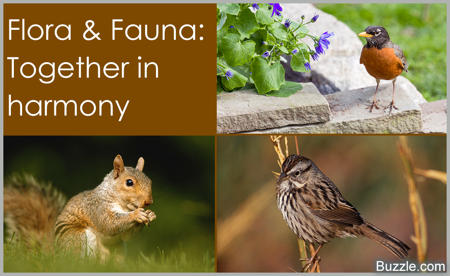 Flora and FaunaGrasses can take your lively garden experience to all new level. Birds and small rodents like squirrels and chipmunks will get attracted to the garden – for food and shelter. Try using native grasses to attract more birds. Sometimes, those clucks and chirps add a new meaning to the usual serene landscape.
Flora and FaunaGrasses can take your lively garden experience to all new level. Birds and small rodents like squirrels and chipmunks will get attracted to the garden – for food and shelter. Try using native grasses to attract more birds. Sometimes, those clucks and chirps add a new meaning to the usual serene landscape.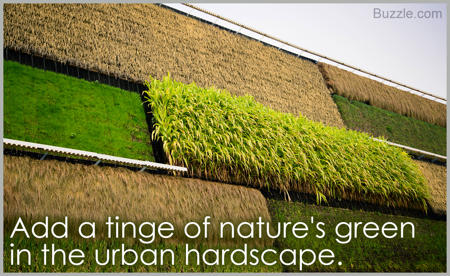 Accentuate hardscapesThis can really be of great use in an upscale urban backdrop where there's dearth of space. These days floriferous hardscapes like balconies, terraces, and walls are in high demand. Grasses along with ferns and ivy can add new life to your plain walls. They can be used in both interior and exterior walls.
Accentuate hardscapesThis can really be of great use in an upscale urban backdrop where there's dearth of space. These days floriferous hardscapes like balconies, terraces, and walls are in high demand. Grasses along with ferns and ivy can add new life to your plain walls. They can be used in both interior and exterior walls. Garden artFor art lovers, grasses can be a great option to play with colors, textures, and space in your garden. From pathways to corners, one can adorn them with grasses of different sizes and colors, and thus make the garden landscape all the more eye catchy.
Garden artFor art lovers, grasses can be a great option to play with colors, textures, and space in your garden. From pathways to corners, one can adorn them with grasses of different sizes and colors, and thus make the garden landscape all the more eye catchy.
Copyright © www.100flowers.win Botanic Garden All Rights Reserved